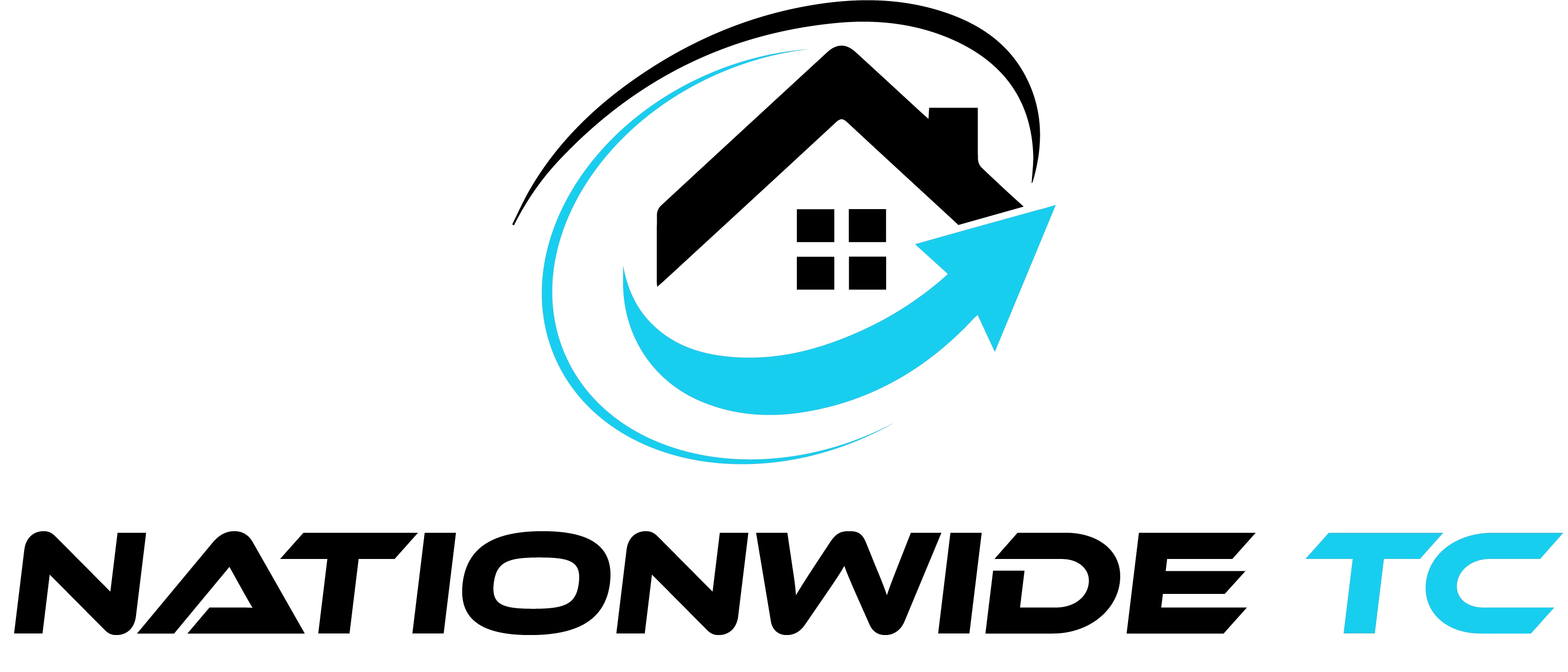No products in the cart.

Seller Financing vs. Traditional Mortgages
When buying a property, the financing method you choose can significantly impact your experience. Two common options are seller financing and traditional mortgages. Each approach has unique advantages and drawbacks, so understanding these differences is essential.
What is Seller Financing?
Seller financing is an alternative to conventional lending. Instead of relying on banks, the seller acts as the lender. In this arrangement, the buyer makes payments directly to the seller over time, based on agreed-upon terms.
Key Features of Seller Financing
Seller financing often involves shorter loan terms compared to traditional mortgages. Additionally, it typically offers more flexible qualification requirements. This flexibility makes it an attractive choice for buyers who face challenges securing a traditional mortgage.
Another key element is the absence of lengthy approval processes. Sellers and buyers can negotiate terms without waiting for bank involvement.
How Traditional Mortgages Work
A traditional mortgage involves a loan from a bank or credit union. These institutions assess the buyer’s creditworthiness and provide funds to purchase the property. Buyers then repay the loan with interest over a set term, typically 15 to 30 years.
Features of Traditional Mortgages
Traditional mortgages offer stability through fixed or adjustable interest rates. They also provide long repayment periods, which often result in lower monthly payments. However, this stability comes with strict qualification requirements. Most lenders require a strong credit history, verifiable income, and a substantial down payment.
Comparing Interest Rates: Seller Financing vs. Traditional Mortgages
Interest rates play a crucial role in determining overall costs. Seller financing often features higher interest rates than traditional mortgages. However, the absence of additional fees can offset these higher rates. In contrast, traditional mortgages typically have lower interest rates but include various fees, such as origination costs and appraisal fees.
Flexibility in Seller Finance Agreements
Flexibility is one of the most significant advantages of seller financing. Sellers and buyers have the freedom to negotiate terms. These may include the repayment schedule, interest rates, and down payment amount. This adaptability makes seller financing appealing to buyers with unique circumstances.
In contrast, traditional mortgages offer little room for negotiation. Lenders set strict terms, and buyers must adhere to them.
Qualification Requirements: Seller Finance vs. Traditional Mortgages
Seller financing offers fewer barriers to entry. Buyers with low credit scores or non-traditional income sources often find seller financing accessible. Traditional mortgages, on the other hand, involve rigorous qualification processes. Lenders require a high credit score, proof of income, and a stable financial history.
Speed of Closing the Deal
Seller financing allows for faster closings. Since there is no need for lender approval, transactions move quickly. Buyers and sellers can finalize agreements in days instead of weeks. Traditional mortgages, however, involve lengthy approval processes. Buyers must navigate inspections, appraisals, and underwriting, which can delay closing.
Long-Term Financial Considerations
When choosing between seller finance and traditional mortgages, long-term financial impacts matter. Traditional mortgages often come with lower overall costs due to lower interest rates. Conversely, the shorter terms and higher rates of seller financing may increase total costs.
Buyers should also consider potential risks. For example, a seller financing agreement might include a balloon payment. This large, one-time payment occurs at the end of the loan term. Buyers must plan carefully to meet this obligation.
Legal and Documentation Differences
The legal requirements for seller financing differ from those of traditional mortgages. In seller finance, the seller drafts the terms, often with the help of a lawyer. These agreements typically lack the extensive documentation required for traditional loans. Traditional mortgages, however, involve standardized contracts and compliance with strict regulations.
While seller financing offers simplicity, it’s crucial to ensure the agreement is legally binding. Consulting with a real estate attorney can help protect both parties.
Seller Financing as a Solution for Unique Properties
Some properties are challenging to finance through traditional methods. These include homes in poor condition or unconventional properties. Seller finance can make purchasing these unique properties possible. Sellers are often more willing to negotiate terms that banks would not accept.
Risks Associated with Seller Finance
Although seller finance provides flexibility, it carries certain risks. For buyers, higher interest rates can lead to increased costs. Sellers also face risks, such as potential default by the buyer. Proper vetting and clear agreements help minimize these risks for both parties.
When to Choose Seller Financing Over Traditional Mortgages
Seller finance is ideal for buyers who struggle with credit or need quick closing times. It’s also suitable for purchasing properties that don’t meet traditional mortgage criteria. However, buyers should weigh the higher costs and potential risks.
When Traditional Mortgages Are the Better Option
Traditional mortgages suit buyers with strong credit and stable finances. They offer lower interest rates and longer repayment terms. These features make traditional mortgages cost-effective in the long run. Buyers seeking predictability should consider this option.
Seller Financing and Real Estate Investors
Real estate investors often benefit from seller finance. It enables them to acquire properties without exhausting their capital. This strategy can help investors grow their portfolios quickly. Additionally, the flexibility of seller finance allows investors to tailor agreements to fit their investment goals.
The Role of Down Payments in Seller Financing and Traditional Mortgages
Down payments differ between seller finance and traditional mortgages. Traditional lenders usually require substantial down payments. Seller finance, however, often involves smaller down payments, making it more accessible for buyers with limited funds. This difference can influence a buyer’s decision significantly.
Final Thoughts on Seller Financing vs. Traditional Mortgages
Choosing between seller finance and traditional mortgages depends on your circumstances. Seller finance offers flexibility and faster closings but comes with higher costs. Traditional mortgages provide stability and lower interest rates but involve stricter qualifications. Evaluate your financial situation, property goals, and risk tolerance to make the best choice.
Click Here to Learn More About Our Seller Finance Services!
Click Here to Learn More About Seller Finance!
Book a Free 15 Minute Call Today and Find Out More About Our Services!












